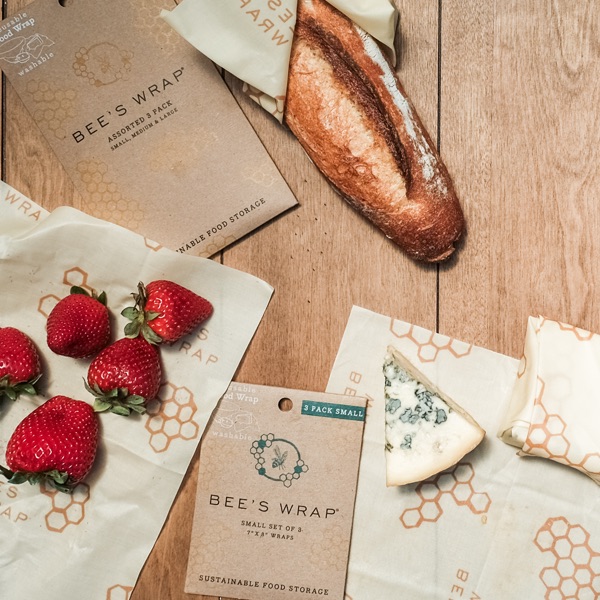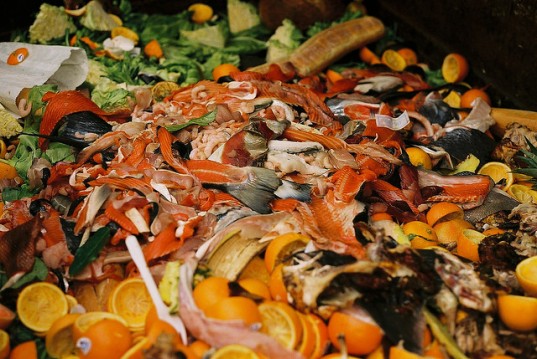Cooking oil is one of the most used products in the world. It is used in all restaurants and in every home. Making it the most used product in the world.
Restaurants mostly use cooking oil to deep fry their food. As a result, restaurants have thousands of liters of cooking oil waste. More liters are also wasted from home.
Rarely do hotels, restaurants, and homes practice safe disposal of cooking oil. Many just pour it down the sink drain.
This results in clogged pipes that need you to call a plumber regularly. Beyond the home and the restaurant kitchen, poor disposal of cooking oil leads to clogging up sewage systems.
To avoid this, cooking oil should be recycled. Here are the main reasons why you should recycle cooking oil.
1. Reduce Impact On The Environment
Proper disposal and recycling of cooking oil help to improve the environment. Pouring used cooking oil down the drain is detrimental to the environment.
Clogged pipes and drainage systems have a great impact on the cleanliness of the environment. Clogged pipes leak. This causes puddles of waste to spill to the ground and polluting the environment.
When homes and restaurants opt for used oil recycling, the impact of the poorly disposed cooking oil on the environment reduces significantly. There are fewer clogged and leaky pipes that cause sewage to leak to the ground.
In addition, homes, restaurants, and city governments in charge of public drainage systems will save lots of money. Clogged and leaky pipes cost lots of money to fix. Homes and restaurants don’t have to keep on calling plumbers to unblock their drainage pipes.
2. Create Unique Products
Used oil recycling results in the creation of unique products. There is a range of products that can be made from recycled cooking oil.
At home, you can make lubricants, soap, and many other products.
Recycling used oil commercially converts the cooking oil to biofuels. These biofuels are then sold to transport and manufacturing companies as environmentally friendly fuel.
When this fuel is used, there is little pollution to the environment. It also burns more efficiently than fossil fuel. This ensures that there is little waste in the process they are used in. Also, if the fuel spills, it causes no harm to the environment.
Recycled used oil can also be converted to animal feeds for pigs, fish, and other commercial animals and pets.
3. A Source Of Income
Another reason why you should recycle cooking oil is that it is a source of income. Homes, hotels, and commercial kitchens can use cooking oil recycling as a source of extra income.
Oil recycling companies buy waste cooking oil from homes and hotels. Recyclers provide participating homes and hotels waste containers. They can pour their waste cooking oil into these containers.
Recyclers will then have select days on which they collect the waste cooking oil from homes and hotels. The more waste cooking oil you have, the more you earn.
The recycling companies also contract transporters to collect the oil from the different homes and hotels supplying to them. This helps to create employment and become a source of income for a large number of operators.
4. It Is Easy And Cost Effective
Recycling used cooking oil is easy and effective. You can recycle used cooking oil at home or commercially.
At home, the reagents for oil recycling are easily available. With the right skills, you can convert your waste cooking oil into soap and pet feeds easily.
Commercially, processing waste cooking oil is a simple five-step process. It is easy to complete with a little training and convert the waste cooking oil into biofuel.
Conclusion
Everyone should recycle their used cooking oil. It is easy to do and you can make a myriad of products from the waste cooking oil. It also helps to create a cleaner environment and reduce the impact of pollution.

























